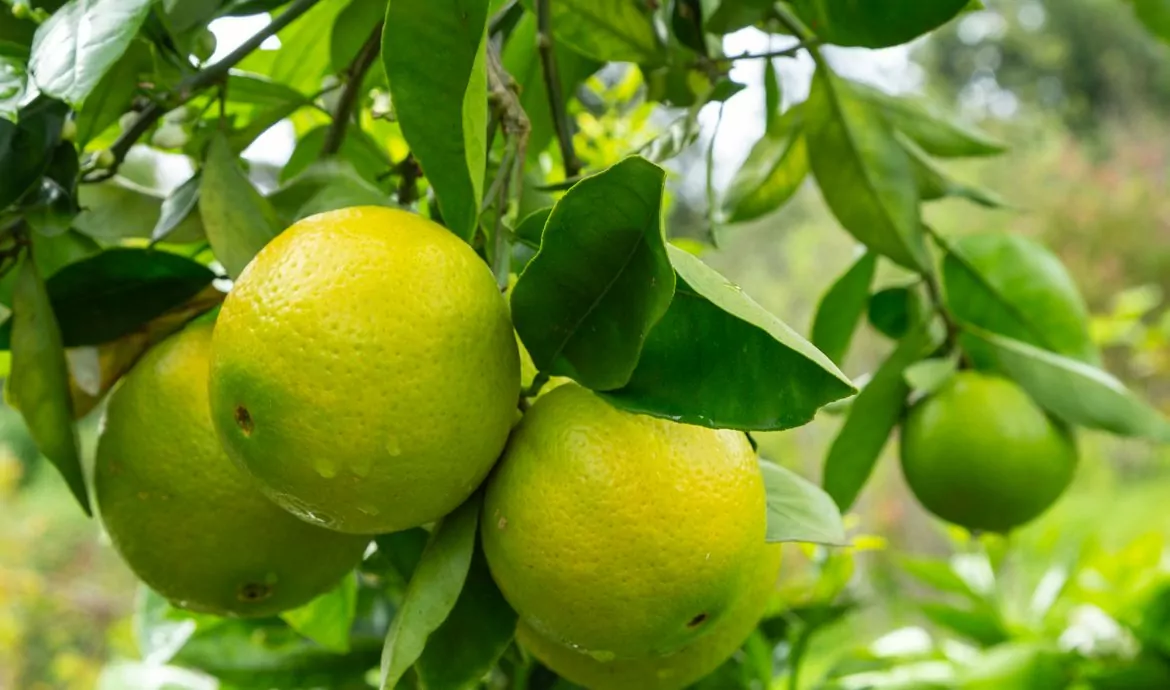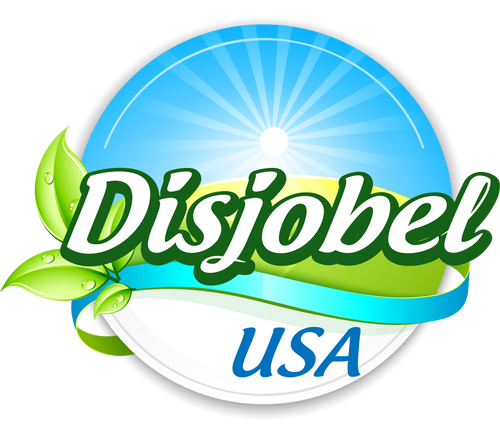Fruit ripening is a natural process where fruits change color, flavor, and aroma. But what is the real reason behind these biological changes? While fruits for humans are just tasty, for plants they are a means of survival. The fruit protects the seeds. And once fruit becomes sweet, juicy, and colorful, animals will eat it and drop the seeds in another place. Ripening is how plants secure reproduction.
Different agents intervene in this process. Some are also applied artificially for fruit preservation. Let’s find out what these factors are and learn more about fruit ripening. (See also: Fruit puree).
Factors affecting fruit ripening
Fruits go through different phases and ripening is one of them. During an early stage, compounds such as alkaloids and tannins create a bitter and astringent flavor. This prevents animals from eating them before the seed is prepared to reproduce.
As they grow, the starches break down into molecules of fructose, glucose, and sucrose. This means that the acid content decreases and the sugar increases, and alkaloids and tannins disappear. Aromas start to develop and the skin changes from green to red, orange, or yellow, etc.
Enzymes are responsible for a big part of the transformation. They are the force behind converting starches into sugars and destroying the green color from the chlorophyll. But it’s the ethylene, a hormone produced during fruit ripening, that weakens the membranes, allowing the enzymes to do their jobs (Fine Cooking, n.d.).
Fruits produce ethylene during their lifecycle. Some of them will increase those levels when they start ripening and others will not. We are talking about climacteric and non-climacteric fruits.
Fruit ripening: Climacteric vs. non-climacteric
Climacteric fruits
Maturation comes with a natural burst of ethylene. They also respond to external ethylene, accelerating the ripening process. They are mostly fleshy fruits such as mangoes, bananas, avocados, tomatoes, papayas, etc.
Non-climacteric fruits
The production of ethylene does not increase during the fruit ripening stage. To ripen, these fruits need to be exposed to an external source of ethylene (natural or artificial). Strawberries, grapes, and citrus fruits are part of this group.

How to control fruit ripening
Even though fruits are supposed to ripen on the trees, the harvest usually happens before that phase, so they can reach distant markets and so that their shelf-life is extended. This is especially important for exotic berries and other fruits that are grown in remote areas.
Natural fruit ripening
- Refrigeration controls the endogenous production of ethylene. The low temperature also slows down respiration and microorganism development.
- Controlled atmosphere storage increases the CO2 or reduces O2 levels. This can be combined with refrigeration.
- Low-pressure storage is intended for the long term. It removes the ethylene produced by the fruit and reduces any presence of oxygen.
Artificial fruit ripening
- Ethylene is commercially used. It removes chlorophyll to trigger yellow and orange pigments. Temperature is crucial here.
- Hot water dip treatment for fruits like mangoes is highly effective for ripening and color development.
- Other artificial ripening agents such as calcium carbide, acetylene gas, carbon monoxide, potassium sulfate, and potassium are available on the market. Acetylene and carbon monoxide are banned in some countries for their potential health hazards.
- The National Organic Standard Board in the US recommends the use of ethylene after harvesting. Food certifications might disclose the use of other chemicals for fruit ripening.
| Naturally ripened fruits | Artificially ripened fruits |
| Attractive, but not uniformly colored | Uniformly colored, but not attractive |
| Strong aroma | Mild aroma |
| Sweet taste | Sour taste |
Table 1. Bakshi, M. y Sharma, V., 2017. Along with these natural and artificial techniques to control fruit ripening, there are other alternatives to keep fruit fresh for longer. For example, in fruit juices, concentrates, and fruit purees, the pulp of ripe fruit is taken and, using natural preservatives, it is packaged in aseptic conditions to extend its shelf life. Either way, this process is necessary and the perfect way to have more palatable, sweeter, and smoother fruits.
References
ABILASHA, R. (N.D.) FRUIT RIPENING: MEANING, FACTORS AND CONTROLS | PLANT PHYSIOLOGY. BIOLOGY DISCUSSION.
RETRIEVED FROM HERE
BAKSHI, M. Y SHARMA, V. (2017). NATURAL VS ARTIFICIAL RIPENING OF FRUITS. DAILY EXCELSIOR.
RETRIEVED FROM HERE
JOACHIM, D. Y SCHLOSS, A. (N.D.) THE SCIENCE OF RIPENING. FINE COOKING.
MOIRANGTHEM, K. Y TUCKER, G. (2018). HOW DO FRUITS RIPEN? FRONTIERS FOR YOUNG MINDS.
RETRIEVED FROM HERE




















